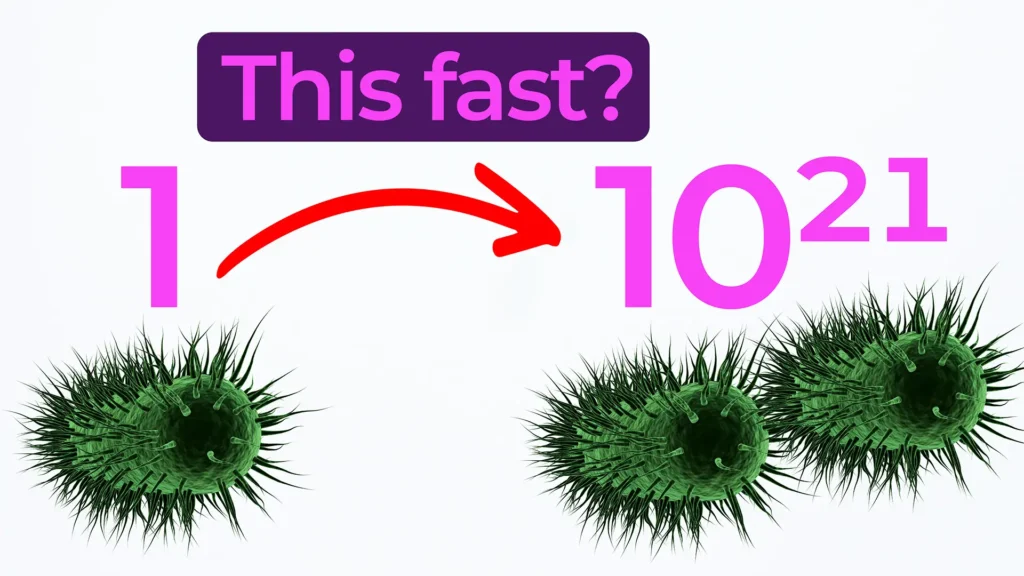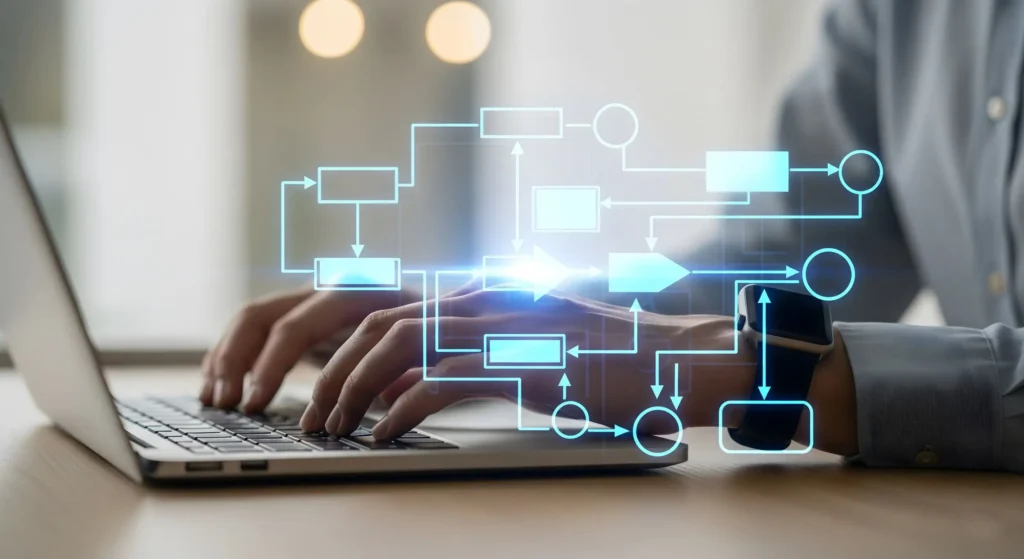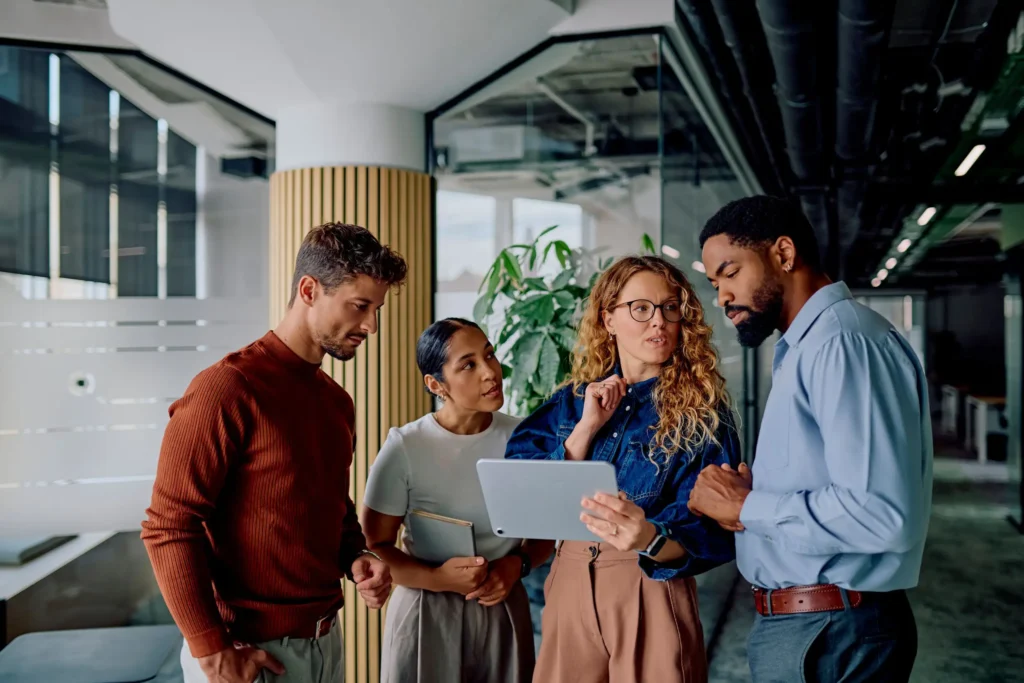
Breath Testing in Medical Devices: From Impairment to Gut Health
In this episode of MedDevice by Design, we explore how breath testing in medical devices is transforming diagnostics. Mark Drlik walks through how this technology supports everything from roadside impairment detection to gastrointestinal analysis. With advances in sensor design and regulatory strategy, breath-based diagnostics are becoming more versatile and reliable.
How Breath Testing Works
Breath testing provides a non-invasive window into the body’s chemistry. While some tests measure ethanol levels for roadside impairment checks, others detect gases from bacterial activity in the digestive tract. These tests typically begin with a fasting period. After collecting a baseline breath sample, the patient ingests a sugar-based substance. Over time, their body’s response is recorded through exhaled gases.
This breath data reveals how the gut processes nutrients and how the microbiome behaves—helping clinicians make accurate diagnoses without invasive procedures.
Key Challenges in Breath-Based Diagnostics
Breath testing in medical devices involves several technical challenges. For instance, moisture in breath can damage internal sensors or promote mold growth. Additionally, when devices are reused, designers must reduce cross-contamination risks between patients and healthcare professionals.
Sensor accuracy also plays a crucial role. The readings must be precise and consistent, especially if breath samples are collected remotely or mailed to labs.
Understanding the Regulatory Landscape
Breath testing devices fall under different regulations based on their use:
- Roadside devices are governed by the U.S. Department of Transportation.
- Clinical breath tests used in emergency care are usually classified as Class II medical devices.
- Lab-based breath diagnostics follow separate FDA and CLIA regulations.
Because each regulatory pathway differs, developers must define the use case early in the design process.
Why Breath Testing Matters
Breath testing in medical devices represents a growing opportunity for non-invasive diagnostics. Not only does it enable quicker results, but it also improves patient comfort and expands the reach of diagnostic tools beyond hospitals and clinics.
Enjoying MedDevice by Design? Sign up to get new episodes sent to your inbox.
Related Resources

In MedTech, success rarely comes from invention alone. Plenty of promising technologies make it through verification and early clinical work, only to stall when the team tries to turn them into something buildable.

From how much of your body is actually bacterial to how fast microbes can multiply, these facts are designed to stick with you long after the party ends.

In medical device development, verification is both a safeguard and a stress test, not just for the product, but for the process.

In the world of medical device development, requirements are often treated as a regulatory tax, essentially documentation created solely to satisfy a compliance need.
